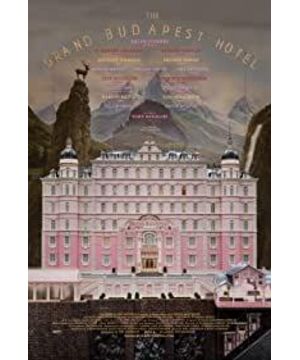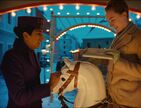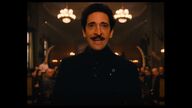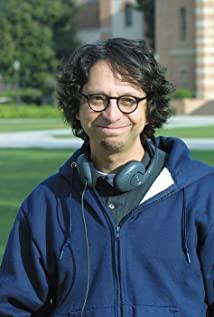The Grand Budapest Hotel, this gorgeous, luxurious but lonely hotel, is located in the fictional snow-capped Zubrowka in an equally absurd pre-war Central European country. The hotel spa is made up of mysterious disabled persons, war criminals, or impoverished Belarusians-reminiscent of novels by Thomas Mann and Vladimir Nabokov in the context of World War II. But the repertoire at the end revealed that Zweig was the inspiration for Anderson, thanks to "Chess Story" and "Post Office Girl". In fact, the movie star Ralph Fiennes with scumbags is quite similar to Zweig.
The plot of the story looks like an Agatha-style legacy murder, but it is actually a reflection on the war. But unlike Zweig’s pessimism, Anderson is patient optimism. At the end of the film, he left the huge red hotel to zero refugees who were frightened by the war. And let me believe that love is eternal for a moment.
As always, Anderson’s world is like the most magnificent and exquisite doll house; incredible shooting locations, interiors and old-fashioned matte spray paint backgrounds, delicate to critical props, cartoon-like illustrations, and fixed-camera shooting tapes The rhythmic picture switching is like reading a fairy tale for us with rhythm. It makes the audience feel like giants bending over to admire a superbly detailed small universe. It is as if the lens is pulled to a centimeter of detail, as if every snowflake is a neat hexagonal chip.
If Zweig watched this film, should he reconsider the desperate matter? Just like Monsieur Gustave, the first thing after breaking out is to use a cologne from L'Air de Panache. No matter how close war, prison, and death are, from the perspective of Director Anderson, life will always have poetic and beautiful details that make people happy only in the world of the subject.
-Some excerpts from the Guardian film review.
View more about The Grand Budapest Hotel reviews











